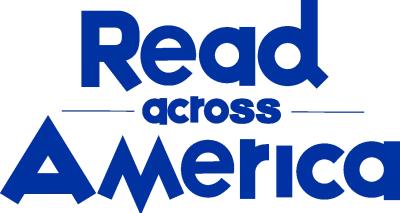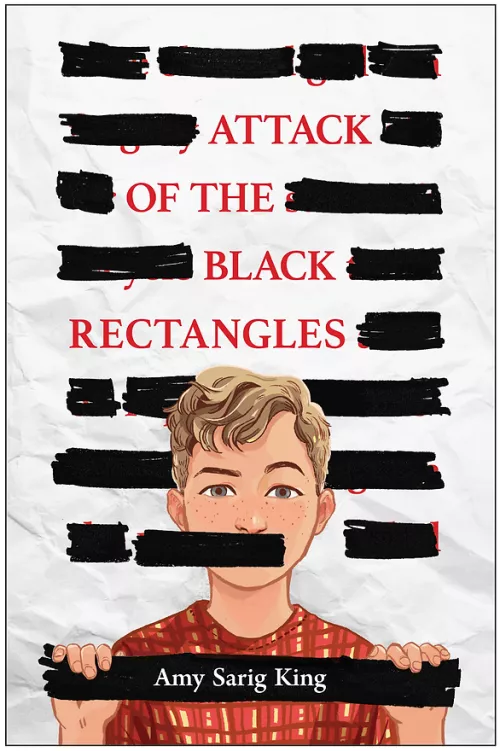Share this book
Talk with students about the different forms censorship takes and how it affects our ability to freely express ourselves. Then give them an opportunity to express their feelings about censorship and make an anti-censorship statement by creating blackout poetry from frequently banned books.
In blackout poetry, text is blacked out to form free verse with the remaining words. Any piece of text can be used to create blackout poetry, but using pages from banned books means students can make something meaningful out of something nonsensical. Provide students with pages from discarded books that have been banned, a black pen, and a sheet of paper. Have them first find an anchor word on the book page to shape their poem around and write it down. Then have them look for other words that connect to their anchor word and provide the meaning they want to convey. They should write those down too until they have the words they feel deliver what they want to say. Once they have decided on all the words they need to form their poem, have them use their black pen to cross out all the other words, save those they selected. Create a display of their poetry to celebrate the freedom to read!
If you can’t share pages from books that would be appropriate for this activity, consider using articles about book challenges and censorship. Provide these to students to create blackout poetry with a “freedom to read” theme.
Questions for Discussion or Reflective Writing
- What role does family play in Attack of the Black Rectangles? How does Mac's family–especially his grandfather–provide encouragement and support for everything that Mac is dealing with?
- Censorship isn’t always as obvious as blacked out words. How can you tell if something is being censored? What do you need to be aware of in order to understand if something is being censored?
- What sparks Mac and his friends to stand up and question the censorship they experience? What else do they question? Have you ever questioned someone in authority? If so, how does your experience compare to Mac’s?
- What can censorship lead to? If something is censored, how do you get to the facts of an issue?
Related Resources
Discussion Guide from Scholastic
Attack Of the Black Rectangles Activity Packet
Free Expression & Censorship: Banned Books lesson plan from NewseumED
How To Fight Book Bans: A Tip Sheet For Students from PEN America
Kids’ Right to Read Action Kit from the National Coalition Against Censorship
More Titles to Try
Stay on top of current education news



